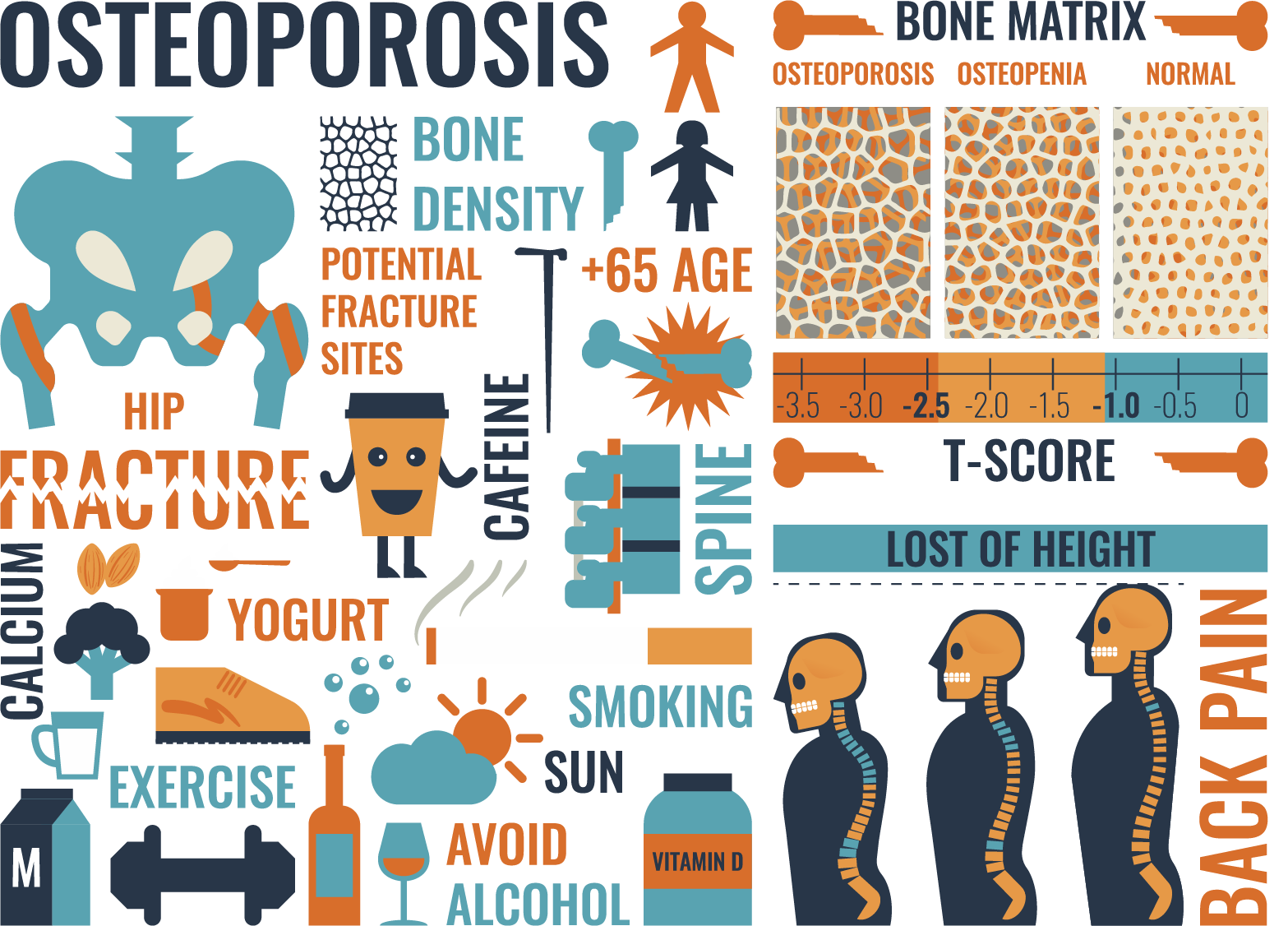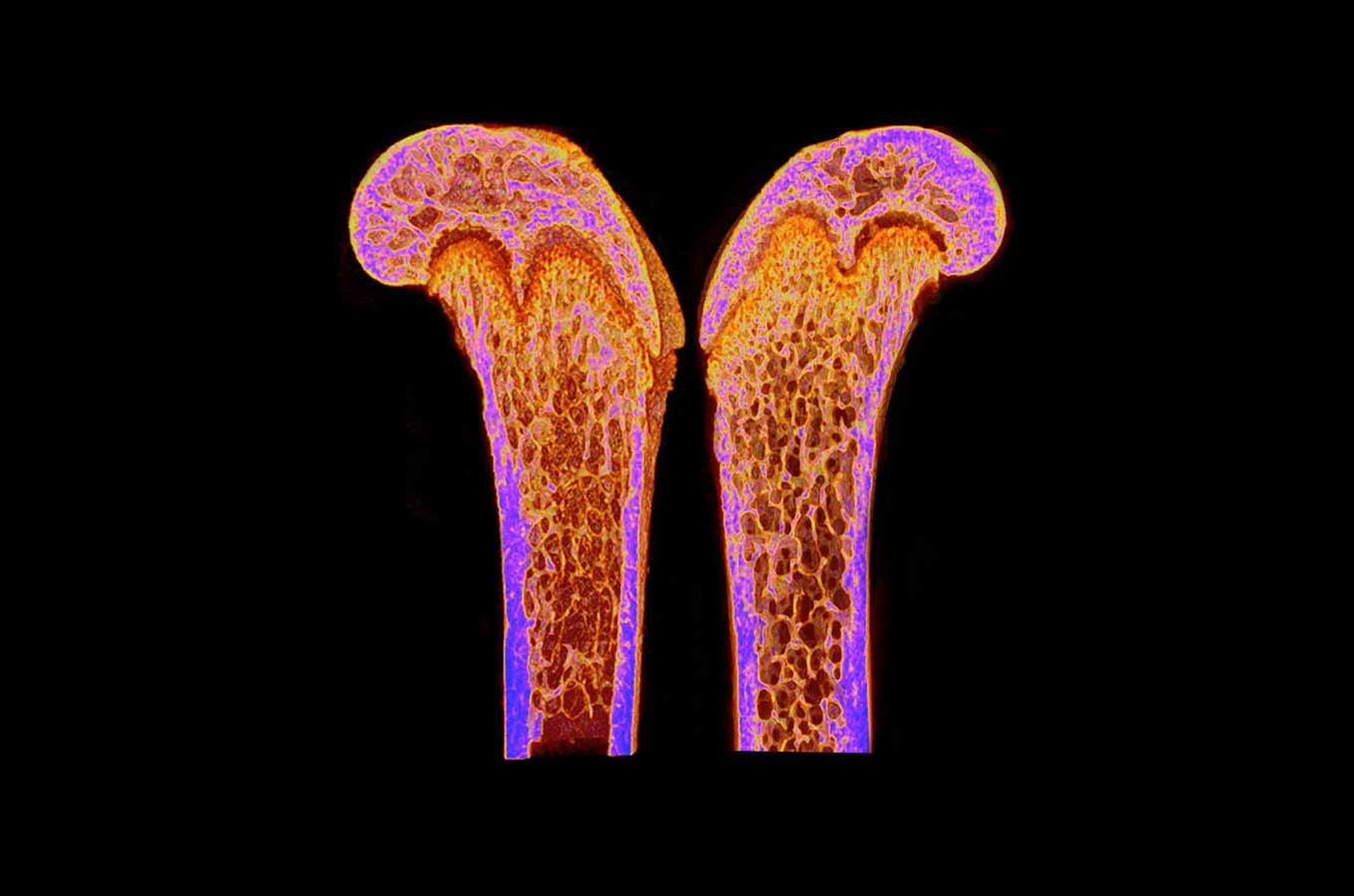Affordable MRIs CT Scan Mammogram Biology Diagrams Bone density is a measure of the amount of minerals (mainly calcium and phosphorous) contained in a certain volume of bone, accounting for approximately 60% of bone strength. Bone density changes throughout life. Bone mineral density (BMD) is set by the amount of bone present in the skeletal structure; the higher the BMD, the stronger the bones, and vice-versa. BMD is greatly influenced by

Bone density refers to the amount of mineral matter per square centimeter of bones, indicating their strength and structural integrity. This measurement is crucial in understanding bone health, as higher bone density generally correlates with stronger bones that are less susceptible to fractures and diseases such as osteoporosis. Factors influencing bone density include genetics, age Understanding bone anatomy and physiology helps healthcare professionals treat skeletal conditions. Cement lines, also known as cement sheaths, delineate the osteons and have a higher mineral density than other parts of the bone matrix. Bone Remodeling. Bone undergoes constant remodeling in response to stress and hormonal control. Bone is

Biological basis of bone strength: anatomy, physiology and measurement Biology Diagrams
Anatomy - Bone Density. Flashcards; Learn; Test; Match; Q-Chat; Get a hint. skeleton functions. support body and muscles, movement (muscle attaches to bone), protection (enclose organs), blood formation from red bone marrow, electrolyte balance (calcium, phosphate reservoir), acid base balance (bone buffers blood excess pH change w/ alkaline

A scanner used to measure bone density using dual energy X-ray absorptiometry. Bone density, or bone mineral density, is the amount of bone mineral in bone tissue.The concept is of mass of mineral per volume of bone (relating to density in the physics sense), although clinically it is measured by proxy according to optical density per square centimetre of bone surface upon imaging. [1] Bone mass accounts for 50 to 70% of bone strength . Bone geometry and composition are important, however, because larger bones are stronger than smaller bones, even with equivalent bone mineral density. As bone diameter expands radially, the strength of bone increases by the radius of the involved bone raised to the fourth power.

(Anatomy and Physiology I) Biology Diagrams
Bone anatomy Skeletal function. Our skeletons are responsible for several important mechanical and non-mechanical functions[22,36,87]. Isolehto J, Alén M, Kiviranta I, et al. Bone density, structure and strength, and their determinants in aging sprint athletes. Med Sci Sports Exerc. 2012;44(12):2340-9. doi: 10.1249/MSS.0b013e318267c954.
